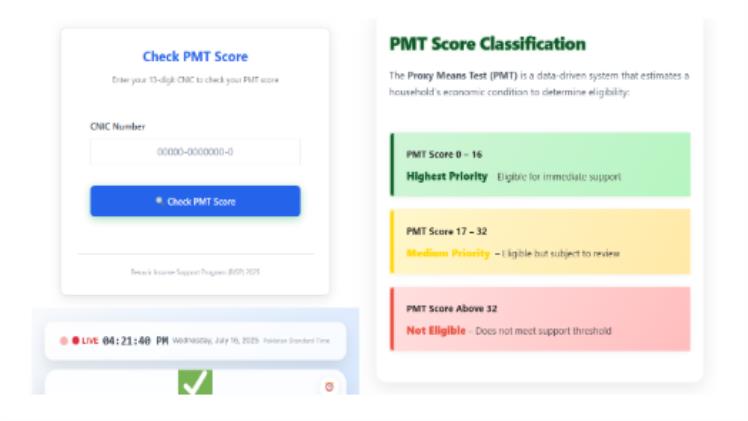Unveiling the Textest FX3300: Your Go – To Permeability Testing Machine
Introduction
- What is Air Permeability and introduces the significance of air permeability testing in various industries.
- Briefly mention the Textest FX3300 as a leading instrument in this field.
Overview of the Textest FX3300
- Physical features and design of the tester.
- Key components and their functions.
Air Permeability Test Procedure
- Step – by – step guide on conducting a test with the FX3300.
- Preparation of samples, calibration of the machine, and execution of the test.
Air Permeability Calculation
- Explain the mathematical formulas and algorithms used for calculating air permeability.
- How the FX3300 simplifies the calculation process.
Applications of the Textest FX3300
- Discuss different industries where the tester is commonly used, such as textiles, packaging, and construction.
- Provide examples of specific tests and their importance.
Advantages of the Textest FX3300
- High precision and accuracy in testing.
- User – friendly interface and operation.
- Durability and reliability.
Maintenance and Troubleshooting
- Regular maintenance procedures to ensure optimal performance.
- Common issues and their solutions.
Comparison with Competitors
- Highlight the unique features that set the Textest FX3300 apart from similar products in the market.
Future Developments and Trends
- Anticipate potential improvements and new applications for the FX3300.
FAQs
- What types of materials can be tested with the Textest FX3300?
- How often should the machine be calibrated?
- Is training required to operate the FX3300?
- What is the typical cost of the Textest FX3300?
A Comprehensive Guide to Understanding and Utilizing the Textest FX3300 Permeability Testing Machine
Introduction
Air permeability testing plays a crucial role in multiple industries. In the textile industry, it determines the breathability of fabrics, which is essential for comfort in clothing and functionality in technical textiles. In the packaging industry, it helps assess the barrier properties of materials to ensure product freshness. The Textest FX3300 air permeability tester has emerged as a reliable and efficient tool for conducting these tests, enabling manufacturers to maintain high – quality standards.
Overview of the Textest FX3300
The Textest FX3300 features a compact and GB WhatsApp download. Its housing is made of high – quality materials, ensuring durability. The machine is equipped with a digital display that provides clear readings. Key components include a precision flow meter, which accurately measures the air flow through the sample, and a pressure sensor, which monitors the pressure differential across the sample.
Air Permeability Test Procedure
- Sample Preparation: Select the appropriate sample size and shape according to the testing standards. Ensure the sample is free from defects and wrinkles.
- Machine Calibration: Use standard calibration samples to verify the accuracy of the FX3300. Adjust the settings as necessary.
- Test Execution: Place the sample in the testing chamber and start the test. The machine will measure the air flow and pressure, and record the data.
Air Permeability Calculation
The calculation of air permeability involves complex mathematical formulas. The most common formula is based on the Darcy’s law, which relates the flow rate of air through a porous medium to the pressure differential and the properties of the medium. The Textest FX3300 is equipped with advanced software that automatically calculates the air permeability based on the measured data, eliminating the need for manual calculations and reducing the risk of errors.
Applications of the Textest FX3300
- Textile Industry: The FX3300 is used to test the air permeability of fabrics for clothing, sportswear, and industrial textiles. For example, in the production of outdoor clothing, it helps ensure that the fabric is breathable enough to keep the wearer comfortable while providing protection from the elements.
- Packaging Industry: It is used to test the air permeability of packaging materials such as plastics, papers, and foils. This is crucial for maintaining the freshness and shelf life of products.
- Construction Industry: The tester can be used to evaluate the air permeability of building materials such as insulation materials and membranes, which affects the energy efficiency and indoor air quality of buildings.
Advantages of the Textest FX3300
- High Precision and Accuracy: The advanced sensors and calibration procedures ensure that the test results are highly accurate, providing reliable data for decision – making.
- User – Friendly Interface and Operation: The intuitive interface and simple operation make it easy for operators to conduct tests, even with minimal training.
- Durability and Reliability: The robust construction and high – quality components ensure that the machine can withstand long – term use and harsh operating conditions.
Maintenance and Troubleshooting
- Regular Maintenance: Clean the testing chamber and sensors regularly to prevent contamination. Check the calibration of the machine at regular intervals.
- Common Issues and Solutions: If the machine shows inconsistent readings, it may be due to a dirty sensor or incorrect calibration. Cleaning the sensor or recalibrating the machine usually resolves the issue.
Comparison with Competitors
Compared to other air permeability testers in the market, the Textest FX3300 offers several unique features. It has a wider range of testing capabilities, allowing it to test a variety of materials with different air permeability levels. Its advanced software provides more detailed analysis and reporting functions, making it easier for users to interpret the test results.
Future Developments and Trends
As technology continues to advance, we can expect the Textest FX3300 to incorporate more advanced features. For example, it may be integrated with wireless communication technology, allowing for remote monitoring and control. There may also be improvements in the accuracy and speed of testing.
FAQs
- What types of materials can be tested with the Textest FX3300?
The Textest FX3300 can test a wide range of materials, including textiles, papers, plastics, and building materials. - How often should the machine be calibrated?
It is recommended to calibrate the machine at least once every six months, or more frequently if it is used frequently or in harsh environments. - Is training required to operate the FX3300?
While the machine has a user – friendly interface, it is advisable to undergo training to fully understand its functions and ensure accurate testing. - What is the typical cost of the Textest FX3300?
The cost of the Textest FX3300 varies depending on the configuration and additional features. It is best to contact the manufacturer or authorized dealers for a specific quote.
For more information on textile testing methods/standards
or textile testing machines-TSETEX textile testing machines, contact us:
What’s App: +86 180 2511 4082
Tel: +86 769 2329 4842
Fax: +86 769 2329 4860
Email: [email protected]







